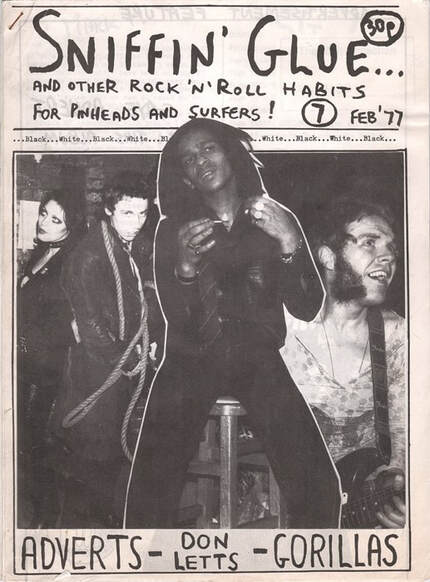Real People With Real Problems – A Different Kind of LP Album CoversThese LPs are all from people who are handicapped, in one way or another. All are from between the 1960s and ’70s, and all are on private labels. The prevailing maladies seem to be either blindness, dwarfism or lack of limbs. And almost all are about their relationship with Jesus. Most appear relatively happy and excited to be singing for the lord. This isn’t meant to make fun of the handicapped but to show how amazing it was a few years back when anyone could make their own album, individuals, churches, etc. https://vintagenewsdaily.com/real-people-with-real-problems-a-different-kind-of-lp-album-covers/ 20 Mid-Century Christian Ventriloquism Albums 576 |
|

 RSS Feed
RSS Feed